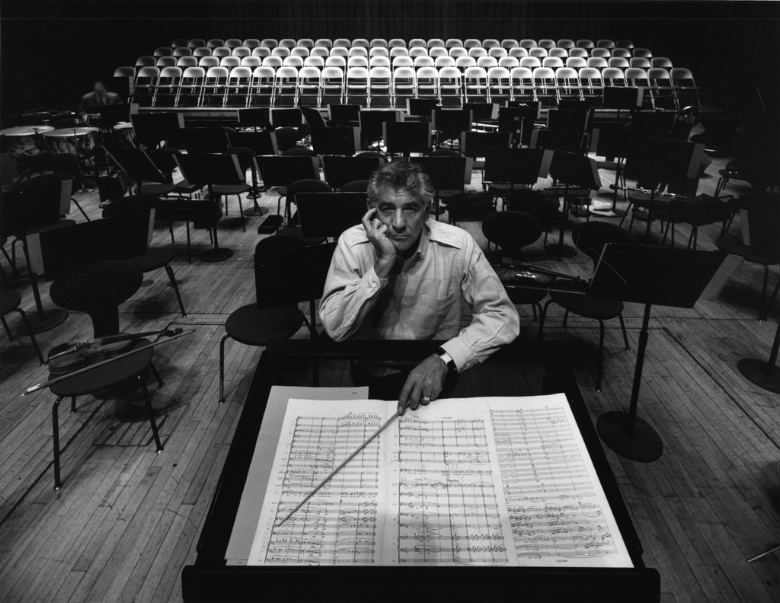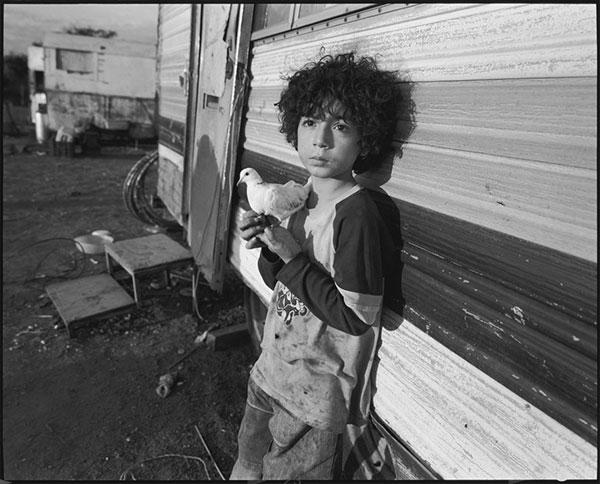A portrait is a painting, photograph, sculpture, or other artistic representation of a person, in which the face and its expression is predominant. The intent is to display the likeness, personality, and even the mood of the person
What makes a portrait a portrait?It should say something about the person you are photographing or the person you are creating with the camera
An environmental portrait is a portrait executed in the subject’s usual environment, such as in their home or workplace, and typically illuminates the subject’s life and surroundings. The term is most frequently used of a genre of photography.
The best to take an environmental portrait is to spend time getting to know the individual you’re photographing, chose the perfect location, use props if you need to, posing, direct eye contact to make sure the subject is engaged with the camera and use good camera settings.

LOOKING AT ENVIRONMENTAL PORTRAITS-
“An environmental portrait is a portrait executed in the subject’s usual environment, such as in their home or workplace, and typically illuminates the subject’s life and surroundings.
Examples of some well known environmental photographs –


The photographer I chose to look at – Mary Ellen Mark
Mary Ellen Mark was an American photographer known for her photojournalism, documentary photography, portraiture, and advertising photography. She photographed people who were “away from mainstream society and toward its more interesting, often troubled fringes
Analyzing one of her photographs–

In this portrait you can see that the young boy isn’t posing and it’s not a formal shoot as he’s leaning back on the camper van behind him. It’s a half body portrait and it’s been taken further away than a normal head shot would be taken. The portrait is taken from the same angel as the boy’s perspective. It’s in black and white which in some way creates a sad effect and mood as there’s no bright colours.
An environmental portrait can tell you a lot about the subject being photographed, for instance, in this photo you can assume that the boy hasn’t been raised in a wealthy area due to the background around him and the dirty clothes. The boy is holding an animal which implies he might have been raised on the countryside. On the other hand the dove he’s holding may symbolize innocence and hope as he’s only young and is living in poor life conditions. He isn’t directly engaging with the camera as there’s no eye contact but his facial expression is sad as he isn’t smiling which might indicate fear.
Composition- in the photo the black and white lines behind the boy on the camper van are drawing the attention directly towards the boy as they’re slightly slanted and go directly towards him making him the main subject. The campus he’s at is quite dirty and depressing as there’s nothing pleasing to look at.

My photo-shoot action plan-
- who– a stranger/worker in their everyday working environment or a family member
- what– an individual working and someone was is surrounded in their working environment.
- when– after school , go to the market or shop and ask permission to take photos.
- why- to capture people in their everyday environment and the background that surrounds them on a daily basis.
- how- take them on my camera in natural lighting.
MY CONTACT SHEET-


I went into town , to the market and fishmarket, to take photos of workers in their working environment. I photographed a few different sections of the market to get a variety of different backgrounds.
Some of my favourite and edited photos;




These are my favourite photos I took because I think they all capture the working environment perfectly as well as it being a portrait. Only one photo I took was a full body shot and the rest you could only see half of their body as they were behind desks. I wanted them to smile to create the mood of a happy working environment instead of them looking sad.















































































